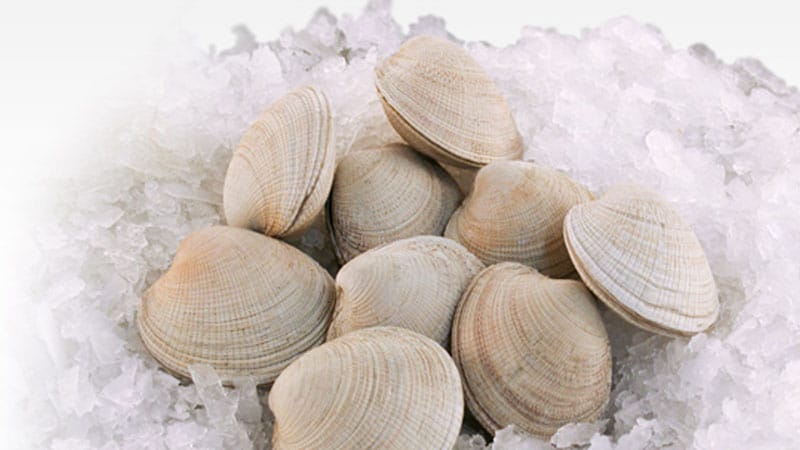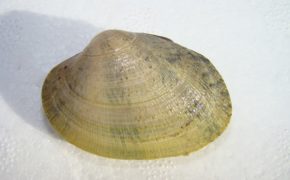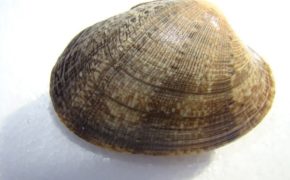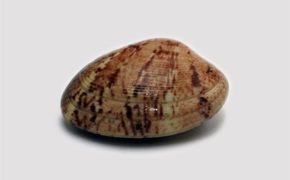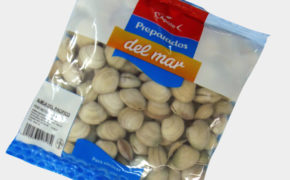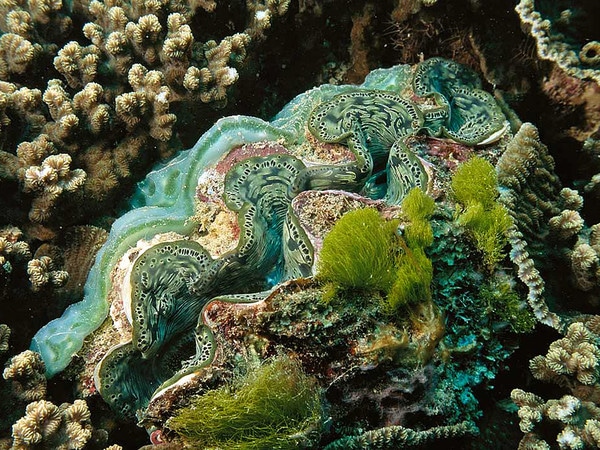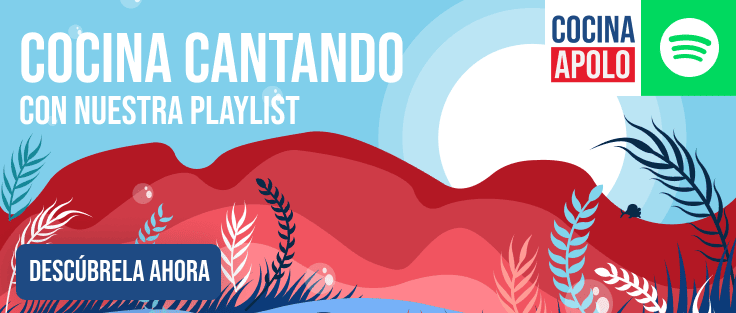With clams we open in Congelados Apolo the first chapter of a practical guide that will allow you to know the fish, shellfish and mollusks of our seas from A to Z (although not necessarily in that alphabetical order). This simple manual, with a monthly episode dedicated to each species, will deal with aspects such as their nutritional properties or the curiosities they “hide”. It will also provide information on practical issues that should be taken into account when buying different seafood.
The clam is part of the Spanish gastronomic culture as a main ingredient in countless dishes. This bivalve mollusk -as those mollusks formed by two symmetrical shells are known- lives buried between 5 and 30 centimeters deep in sandy surfaces of rivers and seas where they dig for shelter. They even resist strong low tides in the Atlantic. They feed on plankton through a process of water filtration.
How do they reproduce?
There are male and female clams. They are fertilized externally, and larvae hatch from the fertilized eggs and are carried by the currents. To begin their metamorphosis they go down to the bottom and bury themselves when they reach between a quarter and a third of a millimeter.
Buying clams: some varieties
The clam and the fine clam or Carril clam are two of the most common species in the coasts of Spain, where you can also find others such as the slimy clam, with more marked concentric striations; the blonde clam, distinguished by its orange tone; or the Japanese clam, very fine, with a rougher shell and frequently used for cultivation due to its fast growth.
At Apollo we market two types of frozen clams throughout the country, both from the Pacific, whose waters are home to excellent quality products such as thewhite Vietnam clamsand Pacific clams.
Properties of clams
Clams, with a high protein content, are among the lowest-calorie seafoods, thus helping to combat overweight. They are also indicated to treat anemia, as they are rich in iron. They also contain other beneficial minerals such as phosphorus or calcium, which strengthen bones and teeth, or zinc, which helps the immune system. Clams fight ‘bad’ cholesterol, on the other hand, as they provide Omega 3 fatty acids. They also help to activate the memory due to their high content of vitamin B12, whose deficit erodes the memory in elderly people. Hence, the consumption of this mollusk is highly recommended for people over 60 years of age, as well as for Alzheimer’s patients or students who need to optimize the capacity of their cerebral ‘hard disk’ to face their exams.
In addition, clams are famous for their effects as a natural aphrodisiac. Their consumption increases libido, counteracting problems such as sexual appetite.
Curiosities about clams: Did you know?
- Clams move with the thrust provided by the opening and closing of their shells with force.
- Clams lack brains, eyes and hearing, but they do have a heart and mouth, but no sense of taste.
- There are more than 500 varieties of clams. Among the most curious is a giant clam that weighs more than 200 kilos and can live for two centuries.
- This species is not the longest-lived found by scientists, however. In 2006, the ‘matusalem’ of clams was found off the coast of Iceland and, incidentally, the oldest animal known in nature. Its age exceeded 500 years, as calculated by the number of rings that time had ‘chiseled’ in its shell. Unfortunately, the old clam, which they named Ming because it was born when the dynasty of the same name reigned in China, perished while they were counting its springs, giving rise to another mystery: Who killed the oldest clam in the world?
- Its great weight and longevity also characterize the Geoduck (name derived from “deep digger”), a burrowing clam that can reach more than 140 years and weigh more than 7 kilos: its shell can measure more than 20 centimeters and its siphon – that is, the soft tubular structure of its anatomy – can reach up to one meter in length. Precisely because of its size, it is also known as ‘elephant trunk’.



